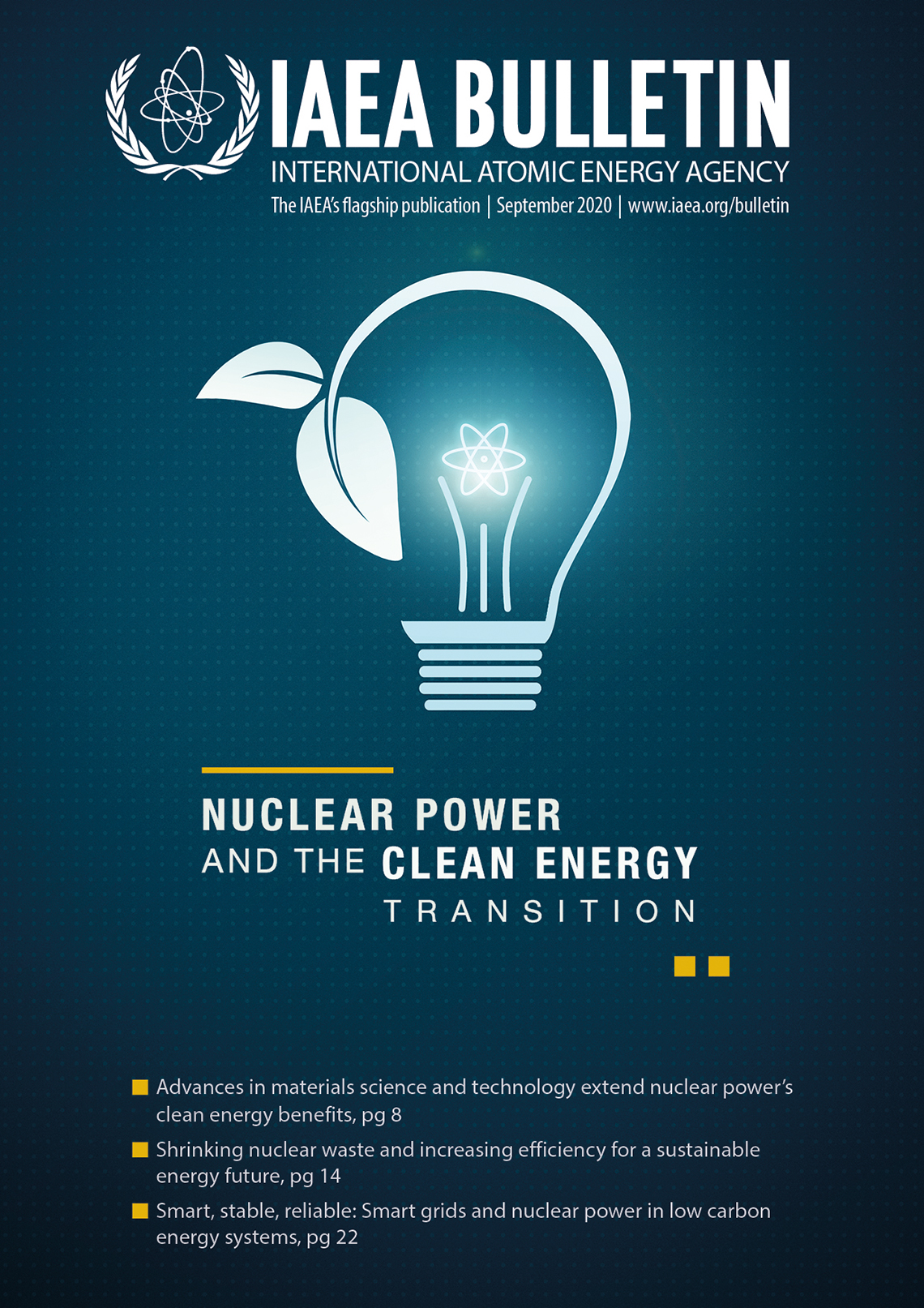Hydrogen-enabled synthetic fuels
To achieve the scale and pace of emissions reduction required, alongside increased global energy access and economic growth, zero- and carbon-neutral fuel substitutes need to achieve price and performance parity with fossil fuels.
Emissions-free nuclear hydrogen production can be cost-competitive with other zero-carbon dioxide (CO2) production methods and has the potential to be cost competitive with steam methane reforming of low-cost natural gas (Allen et al. 1986; BloombergNEF 2020; Boardman et al. 2019; Gogan and Ingersoll 2018; Hydrogen Council 2020; IEA 2019b; NREL 2019b; M. Ruth et al. 2017; Yan 2017). Even expensive first-of-a-kind conventional nuclear plants in the European Union and the United States can produce clean hydrogen at costs comparable to today’s wind and solar resources, with good capacity factors.
Large-scale, low-cost clean hydrogen could enable decarbonization of aviation, shipping, cement production and industry, if it’s competitive with cheap oil. We estimate this target price to be US $0.90/kg.
Current projections for renewables-generated hydrogen are estimated to be as low as US $2 by 2030, and even less by 2050. Price reductions are constrained by low capacity factors even though we expect capital costs for renewables to continue to fall.
Nuclear plants today could deliver clean hydrogen for below US $2/kg and a new generation of advanced modular reactors could achieve US $0.90/kg, potentially by 2030.
To drive a massive increase in clean hydrogen production, the nuclear industry will need to transform project delivery and deployment models in order to scale up and deliver clean heat, fuels and power. This will require the same intensity of focus on cost reduction, performance improvements and deployment rates that have enabled renewables to begin transforming the global energy system.
Steep, near-term cost reduction is achievable by shifting from traditional construction projects to high-productivity manufacturing environments, such as shipyards, or ‘hydrogen gigafactories’, which are next generation refineries located on brownfield sites, such as large coastal oil and gas refineries.
Moving from traditional construction to high-productivity manufacturing of advanced reactors will dramatically lower the cost of clean hydrogen and synthetic fuel production. Leading shipyards already have extensive manufacturing capacity, which can produce designed-for-purpose hydrogen production facilities.
Gigafactories and shipyard-manufactured offshore nuclear power plants could put the world back on track to meet 1.5/2°C Paris Agreement goals. This massive decarbonization effort can be achieved with very little land take, allowing large areas of land to be spared for rewilding and regeneration of natural ecosystems, unlike the ‘energy sprawl’ associated with country-sized renewables industrial developments.
Using these delivery models, the three-decade transition from 100million barrels of oil consumed per day today to an equivalent flow of clean substitute fuels can be achieved at a much lower cost: instead of US $25 trillion required to maintain oil flows until 2050, the clean energy substitute fuels would cost US $17 trillion. This contrasts further with the US $70 trillion for a renewables-only strategy.
Nuclear energy, through these transformed delivery models, can decarbonize the economy at a cost lower than that required to maintain fossil fuels. However, this transition will not begin without urgent action by governments and other actors to bring down costs and accelerate innovation and deployment. Nuclear energy needs to be brought fully into the world’s decarbonization efforts.


